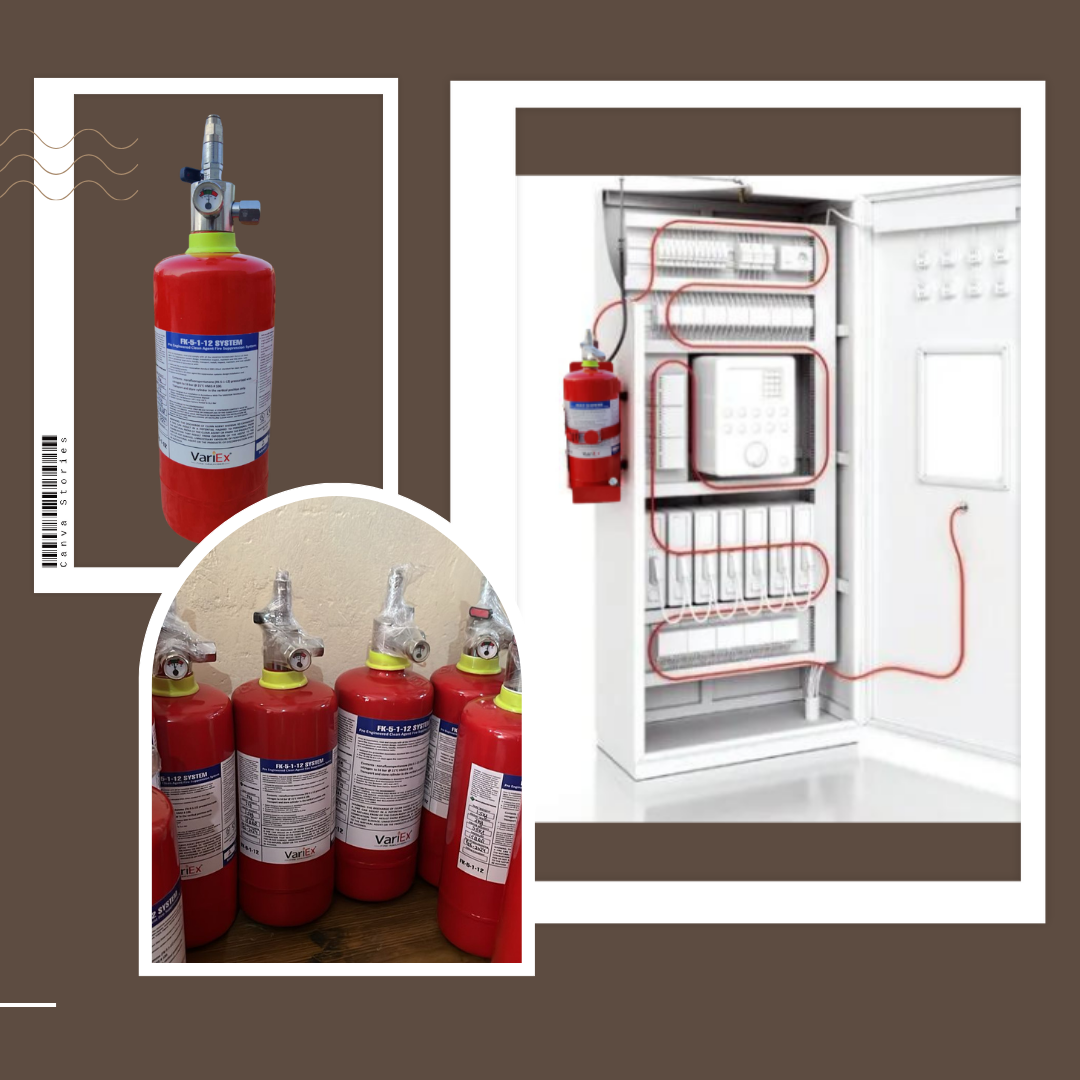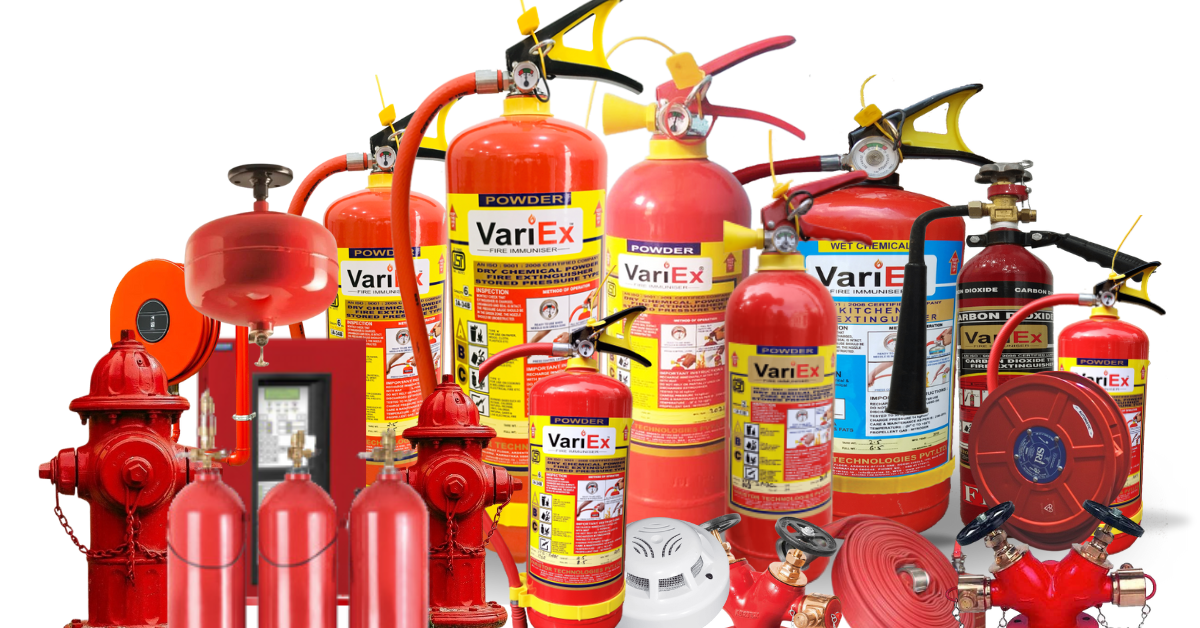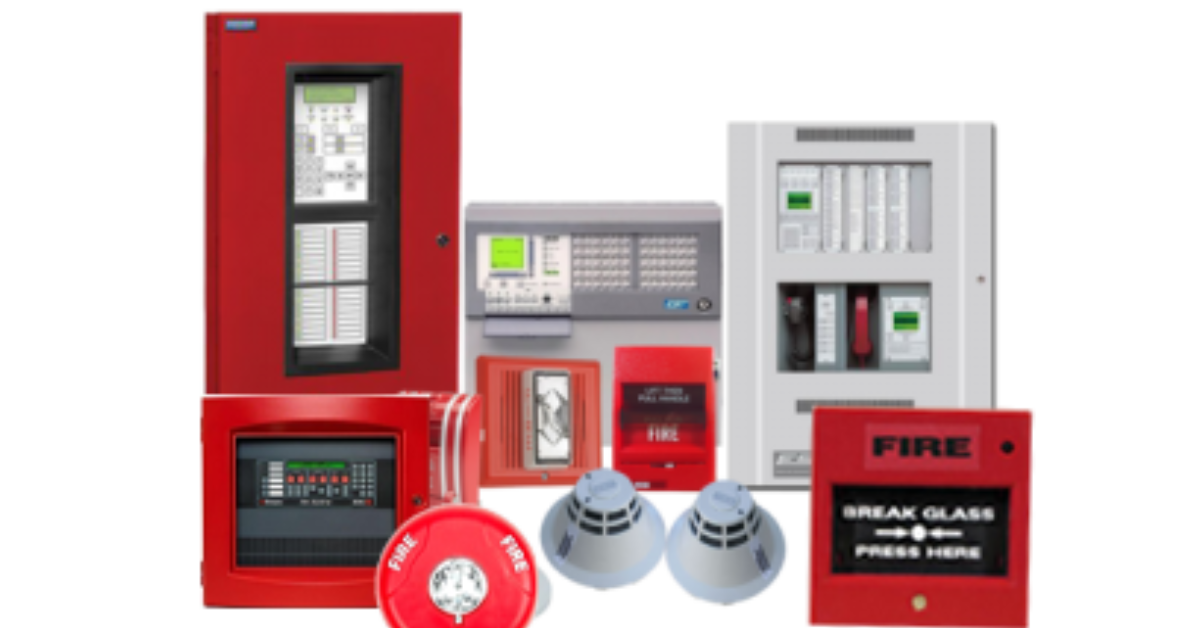![]()
Fire Immuniser
+91-7829629111
Email: info@variex.in
Varistor Technologies Pvt. Ltd.
Block-1, First Floor, Ardente Office One, Hoodi Circle, ITPL Main Road, Bengaluru, Karnataka 560048, IN
What Is Fire Alarm Control Panel
What Is Fire Alarm Control Panel
The importance of a reliable fire detection system in homes, offices, industries, and public spaces cannot be overemphasized. Fire outbreaks are not only harmful to property; they can be fatal too, taking lives within moments. One essential component of modern fire detection and alarm systems is a Fire Alarm Control Panel (FACP). This article takes an in-depth look at the Fire Alarm Control Panel, its components, function, and significance to help you understand its pivotal role in managing fire-related emergencies.
The Basics: What Is a Fire Alarm Control Panel?
The Fire Alarm Control Panel is the primary centralised control component of a fire alarm system. It's essentially the ‘brain’ of your fire detection and alarm system. The FACP receives information from various detectors and sensors spread across a building. It subsequently assesses these inputs and, based on predefined settings, makes decisions to activate relevant alarms or fire suppression systems when a potential fire event is detected.
Components of a Fire Alarm Control Panel
A Fire Alarm Control Panel typically comprises various integral components that collectively facilitate the monitoring and management of potential fire situations. Understanding these components provides insight into the FACP's functioning. Here are the key FACP elements:
Power Supply and Battery Backup
The FACP is powered by the main electrical line and is equipped with a battery backup to ensure the system remains operational during power outages – when fire incidents are most likely due to potential shorts or faulty wiring. The system automatically switches to the backup battery when there is a power failure.
Fire Detectors and Sensors
Besides processing signals, the FACP is responsible for monitoring fire detectors’ and sensors’ operation and integrity. These include heat, smoke, flame, or other types of detectors positioned throughout the premises. Some FACPs also monitor manual stations for fire emergencies manually raised.
Control and Indicator Devices
The FACP is equipped with various control, indicator, and output devices. These allow designated individuals or fire authorities to monitor the system’s status and control it. These devices include indicator lamps, sirens, and switches. Additionally, significant events like fire detections, faults, or malfunctions are recorded for post-incident reviews and analysis.
Networking and Integration
Modern FACPs are often part of integrated security and safety systems. They are commonly networked with other panels in multiple building facilities to facilitate coordinated fire responses. Integration with Building Management Systems (BMS) or home automation systems allows for comprehensive fire safety, escalating the role of the FACP beyond just monitoring and alarm functions.
How a Fire Alarm Control Panel Works
When a potential fire condition is detected by any of the fire sensors or detectors, a signal is sent to the FACP. Upon receiving the signal, the FACP identifies the sensor's precise location and evaluates the received information. If the data implies a fire event, the FACP triggers the audible and visual alarms, alerting individuals in the building and sometimes, directly notifying fire authorities.
Furthermore, in a more sophisticated system, the FACP would also be able to activate building safety measures such as fire doors, suppression systems, and emergency lights, as well as shutting down the building's HVAC systems to prevent the spread of smoke and fire. The FACP gives building authorities or fire officials the ability to manually override its processes for efficient management of the situation.
The Importance of Fire Alarm Control Panels
FACPs play a significant role in fire detection, prevention, and control. Being the central hub, it enables the system to be consistent, coordinated, and effective. A swiftly responsive and operational FACP can mean the difference between minor damage and a full-blown disaster.
The continuous monitoring feature of FACPs not only aids in early fire detection but also helps in preventive maintenance. It can report faults, device malfunctions, and low battery status to enable immediate corrective actions. Moreover, in modern settings where fire alarm systems are interconnected with other building or safety systems, the FACP is paramount to a holistic fire safety strategy.
Conclusion
The Fire Alarm Control Panel is indeed the heart and brain of a fire alarm system. It synergizes various components – detectors, indicators, and control devices – to ensure quick detection, warning, and if possible, containment of fire incidents. With advancements in technology, FACPs have seen considerable improvements in their features, integrations, and overall capabilities, further enhancing their importance in modern fire safety management. While understanding its function and operation might seem technical and complex, a basic awareness is essential to ensure we fully appreciate the critical role it plays in safeguarding our spaces. After all, when it comes to safety, knowledge is indeed power.
Explore our products Range
Final Say
At VariEx.in and VariexOnline.com, we specialize in supplying and installing top-quality fire fighting systems and equipment. From fire extinguishers to advanced suppression systems, we offer comprehensive solutions tailored to your needs. Our experienced team ensures precise installation and maintenance for optimal safety.
Trust VariEx for reliable fire protection. Contact us online or call 7829629111 to learn more.
















